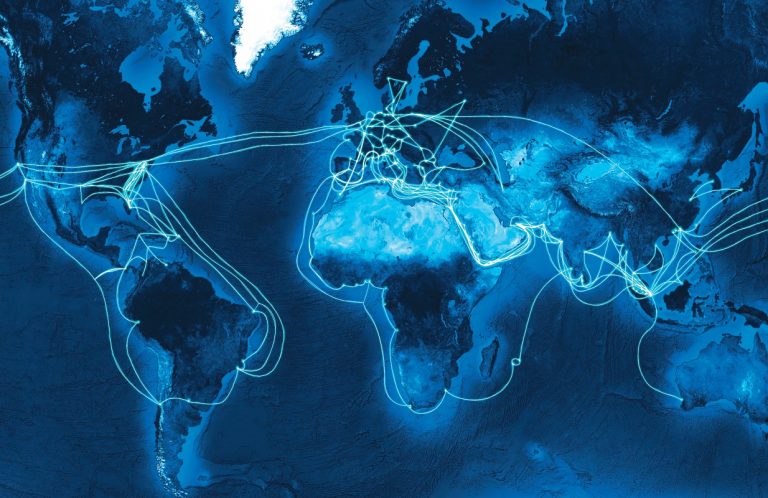The Norwegian consultancy firm DNV outlined the outlook for Norway’s energy future at the end of last year: the country shall focus its efforts on offshore wind energy if it is to sustain the sharp increase in electricity demand required for the green transition. However, this may not be enough to meet global emission reduction targets.
As the DNV study entitled “Energy Transition Outlook” points out, the use of fossil fuels in Norway over the next 25 years is expected to halve and the share of oil and gas in the final energy demand could drop from 46 to 21 per cent.
The main factors contributing to this trend are expected to be a sharp decrease in the use of fossil fuels in offshore oil extraction (-70%), as well as in the road and maritime transport sectors (-80%).
Norway is on its way to becoming a European leader in sustainable mobility with the majority of vehicles on the road which are now electric. In the field of mining, the gradual use of wind power to replace the turbines used to power oil platforms seems destined to have a positive impact on decarbonisation.
On the other hand, faced with large government investment, the projects based on carbon capture seem destined to have a limited impact and hydrogen is expected to enter the national energy mix very slowly: 0.3% in 2030, 2% in 2040 and 6% in 2050, again according to the DNV forecasts.
In parallel with progressive decarbonisation, the demand for electricity in Norway is set to grow to 65 per cent of total energy demand in 2050. This increase, which is linked to domestic consumption and the progressive electrification of transport, manufacturing and offshore mining, could lead to an estimated electricity deficit of around 10 terawatt hours (TWh) per year over the next decade, due to the limited expansion capacity of hydropower (which already provides around 90 per cent of all electricity) and the time needed to establish a large-scale offshore wind infrastructure. In a country where the nuclear option is increasingly at the centre of debate, although still a distant prospect, offshore wind power could be the key to meeting domestic needs and reducing foreign dependence.
While advances in technology and investment in the sector are expected to foster the development of economies of scale, the expected leap forward in wind power will not occur until 2035. Capacity is projected at 21 gigawatts (GW) which, combined with the more limited growth in hydro (43 GW), onshore wind (18 GW) and solar and batteries (18 GW) sectors, should make the country go back to its position as a net exporter of electricity by 2050.
Despite double-digit estimates on the decline in fossil energy use, the decrease in emissions in 2030 compared to 1990 will not exceed 27%, against a national target of 55%, while in 2050 it is expected to be 75%, far from the 90-95% reduction target.
Such below-target results, for a country that is now second in the world in terms of electrical connectivity, highlight the magnitude of the transition challenge and the costs of this process. On the other hand, Norway retains a leading role in gas exports: while in the long term these are set to decline, in the short term the country should remain the main supplier for the European Union and the United Kingdom. Indeed, Norway currently counts on a solid distribution network and its gas is perceived as crucial for maintaining European energy security.










